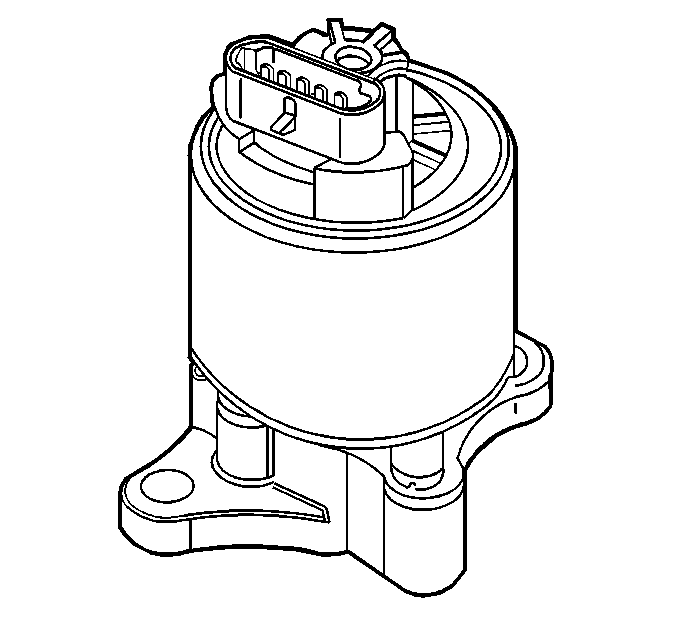EGR Valve

Purpose
An exhaust gas recirculation (EGR) system is used in order to lower
oxides of nitrogen (NOx) emission levels. The EGR system accomplishes this
by feeding small amounts of exhaust gas back into the combustion
chamber. High combustion temperatures cause NOx. Combustion temperatures
are reduced when the air/fuel mixture is diluted with the exhaust
gases.
Operation
The EGR valve is designed to accurately supply exhaust gases to the
engine without the use of intake manifold vacuum. The EGR valve controls
the exhaust flow into the intake manifold from the exhaust manifold
through an orifice with a powertrain control module (PCM) controlled
pintle. The PCM controls the pintle position using inputs from the
engine coolant temperature (ECT) sensor, the throttle position (TP)
sensor, and the manifold absolute pressure (MAP) sensor. The PCM commands
the EGR valve in order to supply the correct amount of exhaust gas
recirculation for the current engine operating conditions. This
can be monitored on a scan tool as the Desired EGR Position.
The PCM monitors the position of the EGR valve through a feedback signal.
The PCM supplies a 5.0 volt reference and a ground to the EGR valve.
A voltage signal representing the EGR valve pintle position is sent
to the PCM from the EGR valve. This feedback signal can also be
monitored on a scan tool as EGR Position Sensor and is the actual position
of the EGR pintle. The EGR Position Sensor should always be near the commanded
or Desired EGR Position.
The EGR valve is usually activated under the following conditions:
| • | The engine is above the idle speed. |
Diagnosis
Too much EGR flow causes any of the following conditions to occur:
| • | The engine stalls after a cold start. |
| • | The engine stalls during closed throttle conditions. |
| • | The vehicle surges during a cruise condition. |
| • | A DTC P0300, misfire detected |
Too little or no EGR flow allows the combustion temperatures to increase.
This causes the following symptoms:
| • | Spark knock, detonation |
The EGR flow diagnosis is included in the DTC P0401 diagnostic table.
The EGR pintle position and the EGR valve control circuit diagnosis are covered
in DTCs P0404, P0405, and P1404. Go to the appropriate diagnostic
trouble code (DTC) table for diagnosis if an EGR DTC is stored.

